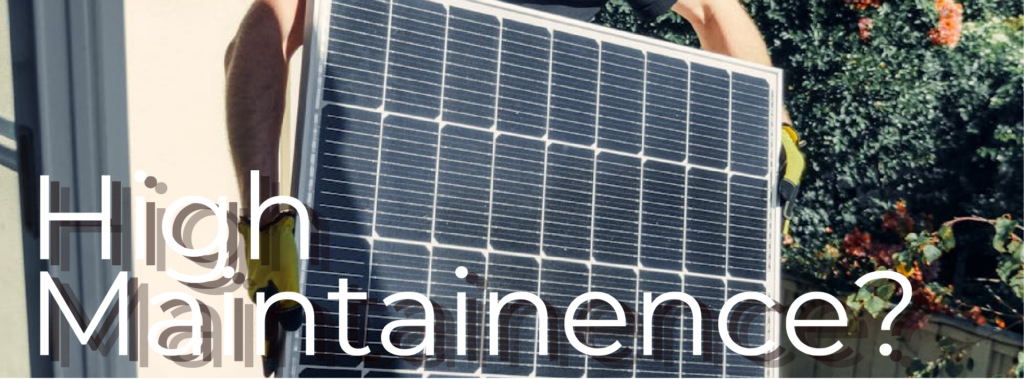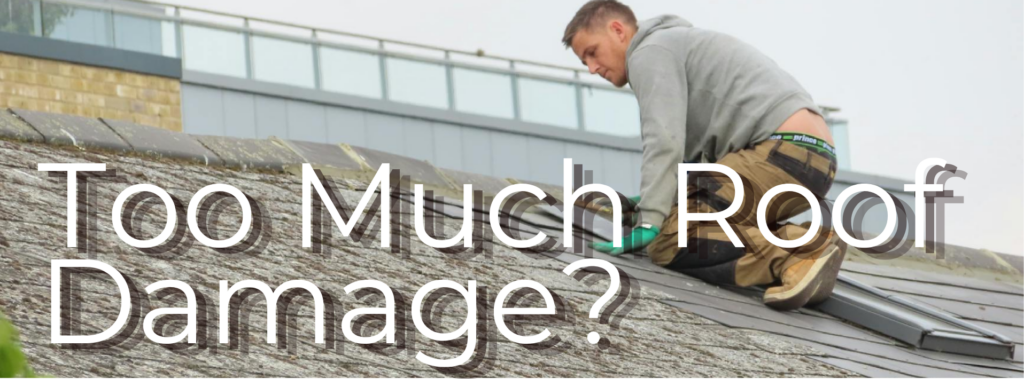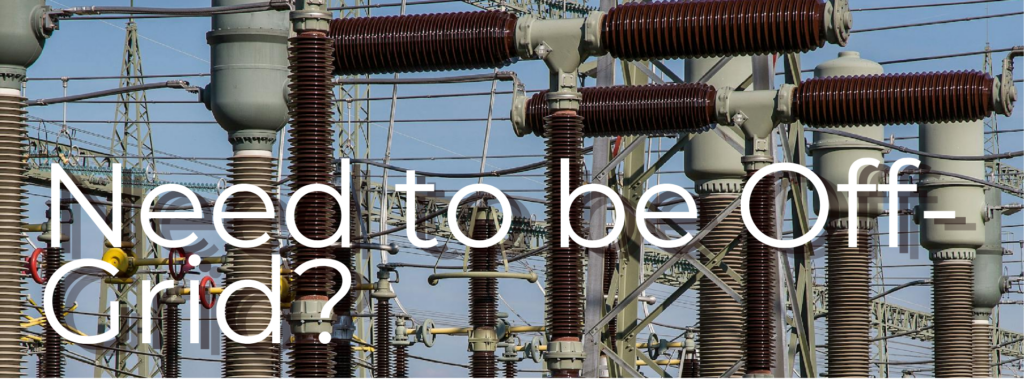Myth #1: Solar is Too Expensive
Reality: The perception that solar power is too expensive is one of the most widespread misconceptions. In reality, the cost of solar panels has fallen dramatically over the past decade, making them more affordable than ever. According to the Solar Energy Industries Association (SEIA), the price of solar panels has dropped by more than 60% since 2010. This reduction in costs, combined with generous federal and state incentives, makes solar more accessible to homeowners of all income levels.
Let’s take a closer look at some of the incentives available:
- Federal Solar Tax Credit (ITC): This allows homeowners to deduct 30% of their solar installation costs from their federal taxes. This substantial benefit dramatically reduces the upfront costs for homeowners.
- Oregon Solar + Storage Rebate Program: This program offers up to $5,000 in rebates for Oregon homeowners who install solar systems. There are also additional incentives for low-income households.
- State-Specific Incentives: Various utility companies across the Pacific Northwest offer additional rebates or incentives to make solar more affordable.
Financing options have also improved. Many solar providers offer solar loans, leases, and Power Purchase Agreements (PPAs) that allow homeowners to install solar systems with little to no upfront cost. With these financing options, homeowners can pay for their solar systems over time, typically through their energy savings, which means the system can effectively pay for itself.
Additionally, the long-term financial savings that come with installing solar more than outweigh the initial costs. Homeowners who install solar can expect to save hundreds (or even thousands) of dollars per year on their energy bills, depending on their location and the size of their system. Over the lifetime of the solar system (typically 25+ years), the savings from lower energy bills often surpass the cost of installation.

Myth #2: Solar Doesn’t Work in Cloudy Climates Like Oregon and Washington
Reality: The Pacific Northwest is known for its cloudy weather, which leads many homeowners to believe that solar panels wouldn’t work effectively in this region. However, this myth couldn’t be further from the truth. Solar panels are not dependent on direct sunlight to generate energy—they can still produce power on cloudy or overcast days. In fact, solar panels work on diffused sunlight, which is available even when the sun is partially obscured by clouds.
Modern solar technology has advanced to the point where panels can still operate at 10-25% efficiency in overcast conditions. In the Pacific Northwest, where cloudy weather is common, solar panels can still generate a significant portion of the household’s energy needs. According to the National Renewable Energy Laboratory (NREL), a typical 5 kW solar system in Oregon produces between 5,500 to 6,500 kWh per year, depending on factors like location and roof angle.
For example, Portland, Oregon, receives an average of 2,560 sunlight hours annually. While this is lower than places like sunny California, it’s still enough to power solar systems effectively. In fact, Germany, which has a climate similar to the Pacific Northwest, has been a global leader in solar energy adoption. The country has more than 40 gigawatts of solar capacity installed despite having fewer sunlight hours than much of the U.S. The success of solar in Germany shows that even in cloudy climates, solar power can thrive.
Additionally, solar systems in the Pacific Northwest have the benefit of generating more electricity during the spring and summer months when the days are longer. This surplus energy is often stored through net metering, allowing homeowners to offset their energy usage during the winter when days are shorter and sunlight is scarcer.

Myth #3: Solar is Only for Large Homes
Reality: This myth often stems from the misconception that solar energy systems require a large amount of roof space, which might only be available on large homes. However, solar systems are highly flexible, scalable, and adaptable to a wide variety of homes, including smaller ones and even mobile homes.
Modern solar panels are more efficient than ever, meaning you can generate more electricity with fewer panels. This is particularly beneficial for homes with limited roof space. In cases where roof space is insufficient, solar energy systems can be ground-mounted on the property or integrated into other structures like carports or sheds.
Additionally, the technology used in solar installations today allows homeowners to tailor their systems to their energy needs. This means you don’t need to cover every square inch of roof with panels to enjoy significant savings. Solar systems can be designed with a balance between energy generation and space requirements, ensuring that even homes with minimal roof area can benefit.
For example, a typical 3kW system can produce enough power to meet the needs of a small household, making it accessible for small homes and apartments. Furthermore, in the Pacific Northwest, where solar energy production can be spread out over the course of the year, homes that receive less direct sunlight can still reap the benefits of solar power by using net metering credits to offset their winter energy needs.
Even in rural areas with limited roof space, ground-mounted systems are a viable solution, especially for those with larger plots of land. Some homeowners even opt to mount panels on garage roofs or use dual-use land for agricultural purposes, like installing panels in fields while utilizing the space for crops or livestock.

Myth #4: Solar Requires Constant Maintenance
Reality: One of the major benefits of solar panels is their low-maintenance nature. Unlike many other home appliances and systems, solar panels have no moving parts, which significantly reduces the chances of mechanical failure. This means solar systems are much more durable and require far less maintenance than other types of home energy systems, like generators or HVAC systems.
In terms of upkeep, solar panels require minimal maintenance. The most important task is keeping them clean and free from debris. This is especially important in areas with heavy rainfall or snow, as this naturally washes away dirt and dust. If you live in an area with dust or frequent leaves, you may want to clean the panels more frequently, but this task is straightforward and can often be done with a garden hose or soft cloth. Many solar providers even offer cleaning services as part of their maintenance plans.
The panels themselves are designed to last for decades. Leading manufacturers, like SunPower and LG, offer warranties that last 25 years or more, ensuring that their solar panels will continue to produce significant energy for decades with minimal loss of efficiency. In fact, most solar panels are expected to operate at 80% or more of their rated efficiency after 25 years. As part of your solar installation, your contractor may also provide an annual inspection to check for any issues like dirt buildup or potential damage from harsh weather.
Additionally, many modern solar installations come with built-in monitoring systems. These allow homeowners to track the performance of their system remotely, ensuring that energy production is consistent. If the system detects any drop in performance, a technician can be dispatched to resolve the issue before it turns into a larger problem. This remote monitoring service adds an extra layer of convenience and peace of mind, further reducing the need for frequent in-person inspections.

Myth #5: Installing Solar Hurts Your Roof
Reality: A common concern for homeowners considering solar panels is the potential for roof damage. However, the truth is that solar panel installation is a safe process when done by experienced, licensed professionals. In fact, a properly installed solar system can actually help extend the life of your roof by providing an extra layer of protection against weather elements such as rain, snow, and UV rays.
The solar installation process involves mounting the panels securely onto the roof using specialized hardware designed to be non-invasive. Professional solar installers conduct a thorough roof inspection before installation to assess the condition of the roof. If the roof is not in suitable condition or is too old, they will inform you of the need for repairs or replacements before proceeding with the solar system installation.
Moreover, the mounting system uses flashing and sealing techniques that prevent leaks. Reputable contractors follow the guidelines set forth by the North American Board of Certified Energy Practitioners (NABCEP) and adhere to local building codes to ensure the system is installed safely and securely. This minimizes any risk of damage.
It’s also worth noting that solar panels are lightweight, and the majority of the weight is distributed across a wide area. As a result, they don’t put undue stress on your roof’s structure.
Additionally, if you plan to replace your roof in the near future, it’s worth considering installing your solar panels after the roof replacement. In most cases, solar panels can be easily removed and reinstalled when the roof is replaced, meaning you won’t need to worry about paying for both the roof and the solar installation at the same time.

Myth #6: You Have to Go Off-Grid to Use Solar
Reality: Many homeowners mistakenly believe that if they install solar panels, they must completely disconnect from the utility grid. While this is true for off-grid solar systems, the vast majority of solar installations are grid-tied, meaning they remain connected to the local utility. This allows homeowners to benefit from solar energy while still having the option to use power from the grid when solar production is insufficient, such as during cloudy days or at night.
Being grid-tied also offers several significant advantages. First, it eliminates the need for a large battery storage system, which can be a significant upfront investment. In a grid-tied system, any excess solar power that you generate can be sent back to the grid, often through a process known as net metering. With net metering, homeowners are credited for the surplus energy they produce, typically at the retail electricity rate. This credit can then be applied to reduce their energy bill when they need to draw from the grid, such as during the winter months when sunlight is scarce.
This system of net metering is especially beneficial in the Pacific Northwest, where solar production can vary seasonally. During the summer months, solar systems often generate more energy than a home needs, allowing homeowners to bank those credits for use during the long, cloudy winters. This means homeowners don’t need to rely on battery storage to get through cloudy days or periods of low sunlight.
Moreover, staying connected to the grid also provides a level of security. In the event of a solar system failure or a period of low production, homeowners can seamlessly switch to grid power without interruption. This reliability and flexibility are one of the key reasons why grid-tied solar systems are the most popular choice among homeowners.
For those still concerned about the idea of going off-grid, it’s worth noting that while off-grid systems are still in use, they come with their own set of challenges, including the need for expensive battery storage and the lack of reliable backup power. For most people, staying connected to the grid offers a more cost-effective and practical solution.
Final Thoughts
Debunking these common myths helps homeowners in Oregon and Washington make informed decisions about solar energy. By understanding that solar power is no longer prohibitively expensive, that solar panels can thrive in cloudy climates, and that proper installation won’t harm your roof, you can confidently move forward in making a switch to solar energy.
These myths have been dispelled with the latest facts and information, showing that solar is a viable, safe, and affordable option for homeowners in the Pacific Northwest. If you’re still on the fence, it’s a great time to take advantage of the federal and state incentives currently available to make solar energy more affordable than ever.
Resources

